[BK7231N CB2S] Smart socket LSC 0 - firmware change
Last summer I bought a socket in the action store:
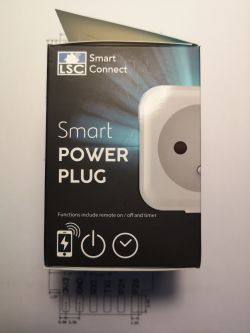

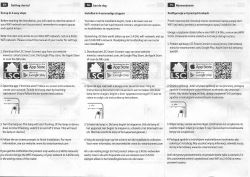
Now is the time to disconnect from the cloud. It took a while, but I found descriptions of how to do it without disassembling the device and soldering the wires.
I took advantage of https://github.com/tuya-cloudcutter/tuya-cloudcutter and https://github.com/openshwprojects/OpenBK7231T_App
I used the existing configuration for the LSC Smart Connect Plug and the socket works without internet connection.
Unfortunately, not everything was as in the original. I had only one blue LED for this, which should indicate the WiFi connection and indicated the activation of the relay.
That's why I decided to look inside.
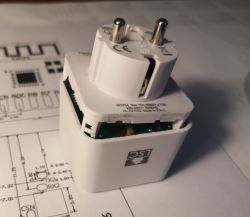
The case was opened without damage.
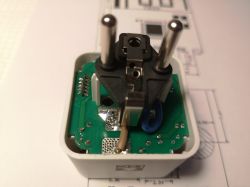

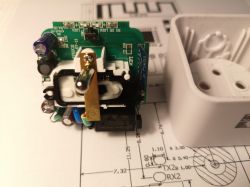
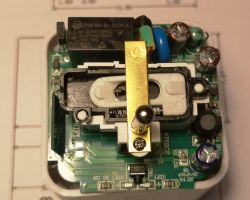
As you can see, the power supply is not isolated, so I do not recommend connecting to 230 V with the housing open. There may be a phase on the mass!
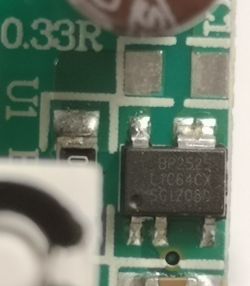
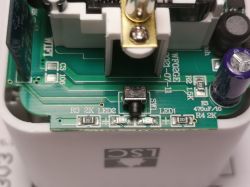
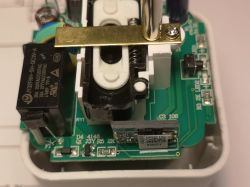
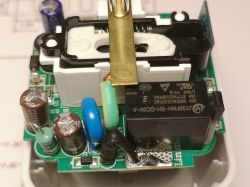
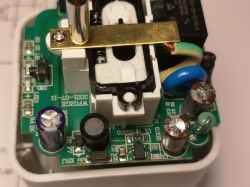
I looked at the paths on the pcb from the MCU to the button, LEDs and relay.
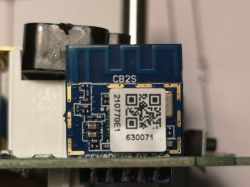
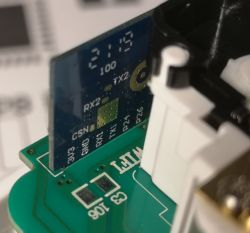
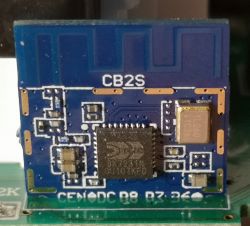
Inspection results:
P6 - switching on the relay by R5 and Q1
P7 - SW1 button
P8 - LED1 (red)
P26 - LED2 (blue)
Power supply 3.3 V and mass obvious and the others not connected.
After assembling the case, I was able to modify the pin settings:
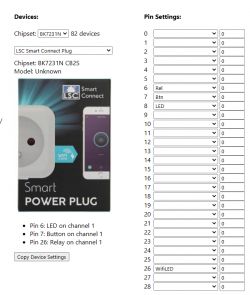
On the left is the proposed configuration for a similar outlet, and on the right is my setting.
The socket now works as I wanted, and although it lacks even a timer, I hope that soon the software will become similar to Tasmota.



Now is the time to disconnect from the cloud. It took a while, but I found descriptions of how to do it without disassembling the device and soldering the wires.
I took advantage of https://github.com/tuya-cloudcutter/tuya-cloudcutter and https://github.com/openshwprojects/OpenBK7231T_App
I used the existing configuration for the LSC Smart Connect Plug and the socket works without internet connection.
Unfortunately, not everything was as in the original. I had only one blue LED for this, which should indicate the WiFi connection and indicated the activation of the relay.
That's why I decided to look inside.

The case was opened without damage.




As you can see, the power supply is not isolated, so I do not recommend connecting to 230 V with the housing open. There may be a phase on the mass!





I looked at the paths on the pcb from the MCU to the button, LEDs and relay.



Inspection results:
P6 - switching on the relay by R5 and Q1
P7 - SW1 button
P8 - LED1 (red)
P26 - LED2 (blue)
Power supply 3.3 V and mass obvious and the others not connected.
After assembling the case, I was able to modify the pin settings:

On the left is the proposed configuration for a similar outlet, and on the right is my setting.
The socket now works as I wanted, and although it lacks even a timer, I hope that soon the software will become similar to Tasmota.



Comments
Hi I see you have some newer version of this socket. Mine has a WB2S sitting in it. PS. Didn't you perhaps make a copy of the original software ? [Read more]
Actually the timer is there and it can be done in many ways. We're just developing the documentation and materials are yet to be made, including courses on YT and a device simulator for Windows to practice... [Read more]
. I didn't make a copy, I don't think it's possible with the OTA method. [Read more]
this is a backup from my same socket. [Read more]
As of yesterday, the firmware became compatible with ioBroker. To enable Tasmota-style TELE sending (necessary for the ioBroker sonoff plugin), flag 30 must be enabled. Demonstration: [Read more]
Every now and then I see topics about replacing fw in these various factory devices. Where can I find some information about this system to sort out what it is and what it can do? I understand that... [Read more]
It's not that good. There are more and more modules, the differences are sometimes big. More or less like that, although today an app can be, for example, a web browser tab without a menu. If you... [Read more]
Ok, but in general you can create some local WiFi even without going out into the world and such a Home Assistant will handle everything locally? :D [Read more]
Yes. HA, you can also give access to the world, the most important thing is that you have one application, no clouds in China, and you can manage it freely and some devices can influence others, etc e... [Read more]
Nice, I need to know about this :) It would suit me best if it was only locally or if so, from the outside, using some VPN, but that direct traffic from the net for devices would be impossible. I have... [Read more]
I have a question for the experts on the subject. I look at these photos and in this socket there is a module that has very few pins brought out to the world, because in total, what else is needed in such... [Read more]
Please note that I am answering in context mine project OpenBeken , although Tasmota for the popular ESP also has a scriptable Rules system, but I have not seen so many, for example, possible relays... [Read more]
Great, thank you very much for the above information. So the scripting language can perform the logic on the module itself, that it performs its function independently. In addition, it can be connected,... [Read more]